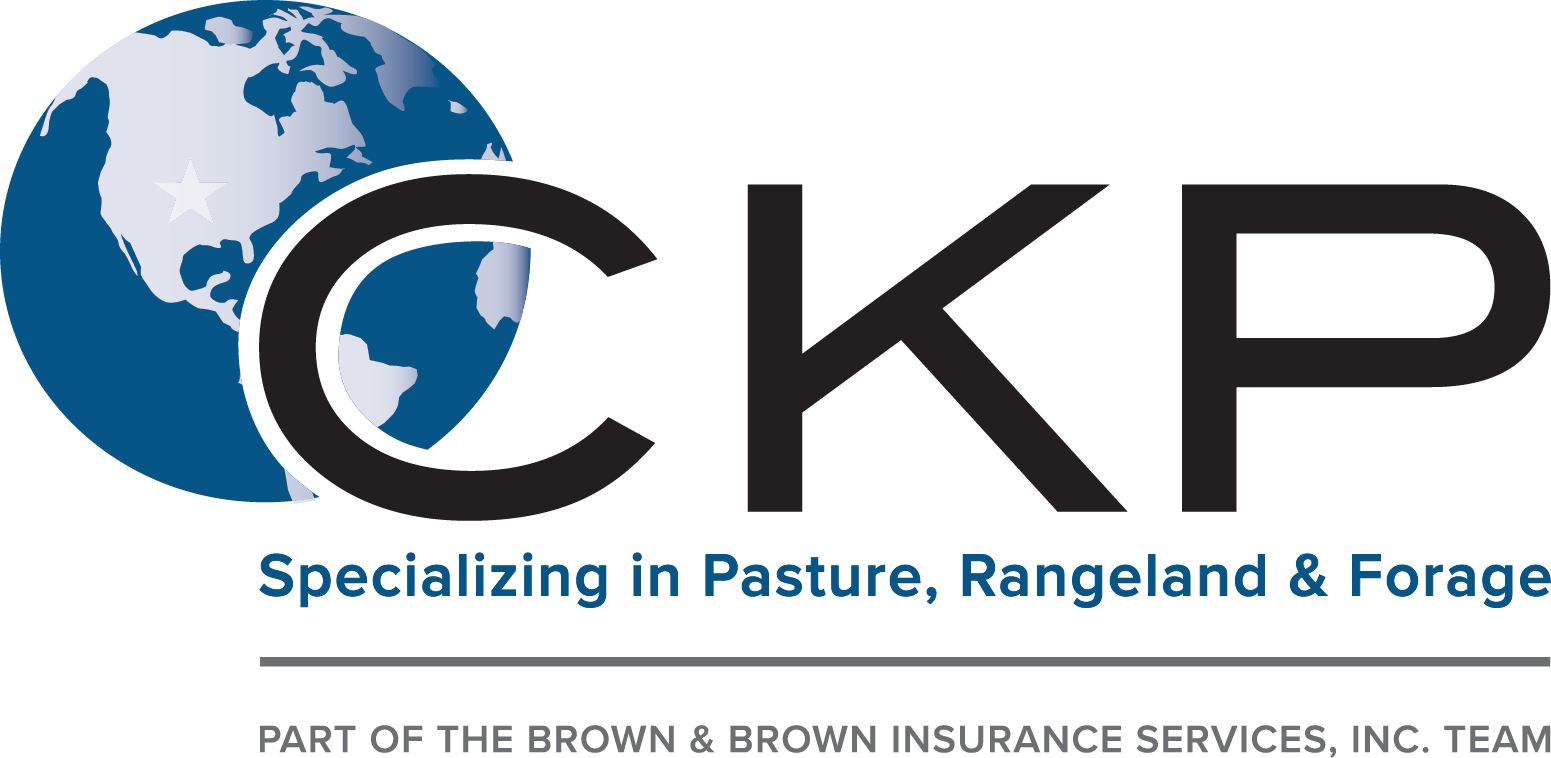Specialist Support on Threat Assessment and LRP Insurance Coverage Solutions

The Value of Danger Assessment
Effective risk assessment is fundamental in the decision-making process of any company, leading critical preparation and source allowance. By methodically determining, examining, and prioritizing potential threats, organizations can prepare for obstacles, profit from opportunities, and make educated selections to achieve their purposes. Risk analysis permits companies to proactively deal with susceptabilities, minimize dangers, and enhance their risk monitoring methods.
One of the key advantages of danger analysis is its duty in improving functional effectiveness. By comprehending the potential threats that might impact numerous elements of the business, companies can enhance processes, allot sources better, and lower the probability of expensive disturbances. Risk evaluation enables companies to conform with governing requirements, secure their reputation, and develop trust fund with stakeholders.
Recognizing Potential Losses
To comprehend the influence of threat assessment, it is imperative to comprehend the prospective losses that might dramatically influence an organization's procedures and financial stability. Potential losses can occur from different resources, consisting of all-natural catastrophes, financial declines, operational failures, regulative modifications, and cybersecurity violations. These losses can cause straight prices such as home damages, legal costs, and penalties, along with indirect prices like reputational damages and loss of market share.
Recognizing possible losses includes carrying out a comprehensive analysis of the dangers that might materialize and estimating the monetary effect they may carry the organization. By quantifying these potential losses, businesses can focus on risk mitigation initiatives and allot sources efficiently. Additionally, an extensive understanding of prospective losses enables organizations to make enlightened choices when selecting threat administration methods, such as buying insurance protection or carrying out danger control steps. Bagley Risk Management.
Essentially, by recognizing and understanding prospective losses, companies can proactively handle risks and secure their long-term sustainability and success.
Duty of LRP Insurance Coverage Solutions
The combination of LRP insurance options within an organization's threat management structure enhances strength and fortifies economic stability against unexpected misfortunes. LRP, or Loss Recovery Item, insurance policy services play an essential duty in reducing the influence of potential losses by offering financial security and assistance in times of crisis. These insurance coverage remedies are tailored to satisfy the details requirements of organizations, providing insurance coverage for different threats such as property damage, organization disruption, obligation cases, and more.
LRP insurance policy solutions aid organizations navigate challenging circumstances by providing a safeguard that permits them Read Full Report to recover and recover from problems. By moving the economic risk to an insurance copyright, businesses can focus on their core operations with greater satisfaction, knowing that they are protected against significant financial losses. Additionally, LRP insurance solutions can enhance a company's threat monitoring check approach by supplementing existing threat reduction steps and making sure thorough defense throughout all areas of potential susceptability - Bagley Risk Management. On the whole, the duty of LRP insurance policy options contributes in protecting services and promoting long-term sustainability.
Identifying Key Risks
In the procedure of risk analysis, an important step includes recognizing essential threats that have the prospective to influence an organization's procedures and monetary security. Identifying crucial risks needs a comprehensive analysis of exterior and interior factors that might pose risks to the company's goals. Inner risks might include operational inefficiencies, conformity issues, or human source difficulties, while exterior risks might incorporate economic slumps, regulatory modifications, or all-natural disasters.

Moreover, crucial dangers ought to be frequently assessed and updated to straighten with the dynamic organization environment. This positive technique allows companies to stay ahead of prospective dangers and guard their long-lasting success.
Picking the Right Coverage
Having determined the crucial threats that can influence a company's procedures and financial stability, the next vital step involves very carefully choosing the ideal insurance coverage to effectively take care of and mitigate these dangers. When it comes to selecting the right protection, organizations need to consider their specific danger exposure, monetary capabilities, and tactical objectives. It is important to carry out a detailed analysis of the readily available insurance policy alternatives to guarantee that the page picked coverage straightens with the organization's risk monitoring objectives.

Organizations must function carefully with experienced insurance coverage professionals to evaluate their danger accounts and recognize the most appropriate insurance products to resolve their needs. Tailoring insurance policy protection to particular dangers can assist enhance security while minimizing unnecessary prices. Additionally, organizations must assess policy terms in detail to understand the extent of protection offered and any potential exclusions that might influence their threat mitigation strategies.
Final Thought
In final thought, risk analysis is important in determining potential losses and picking the appropriate LRP insurance coverage services. Expert guidance can aid navigate the complexities of threat evaluation and insurance coverage services, giving services with the required tools to properly handle and alleviate threats.
Professional advice plays a pivotal role in this process, offering important understandings right into determining and evaluating risks, as well as strategically picking proper insurance coverage customized to reduce those threats efficiently. A comprehensive understanding of prospective losses makes it possible for companies to make informed choices when picking danger monitoring strategies, such as buying insurance policy coverage or carrying out threat control steps.
